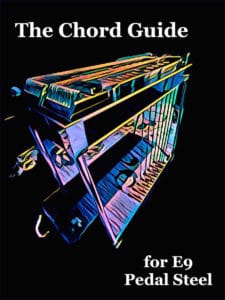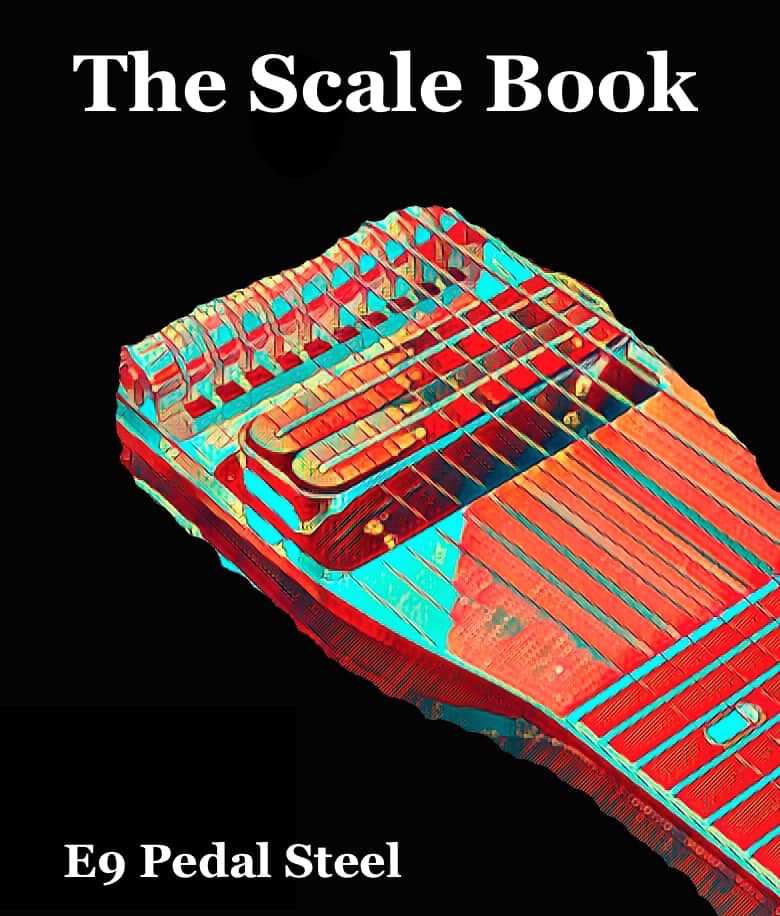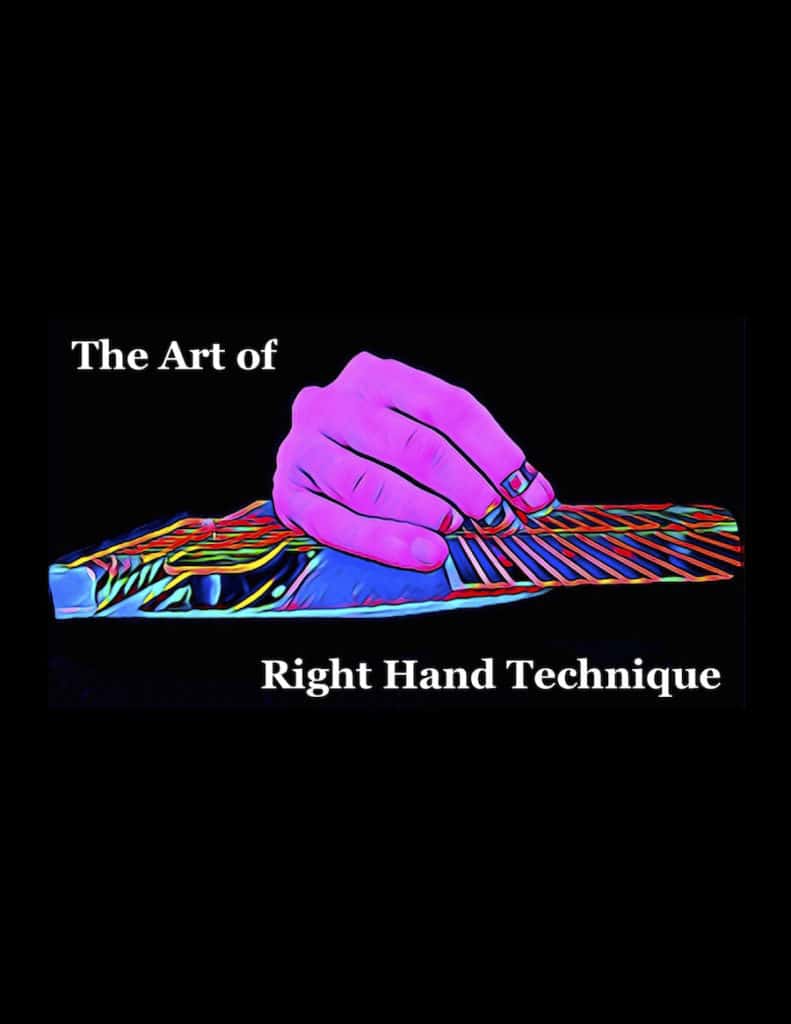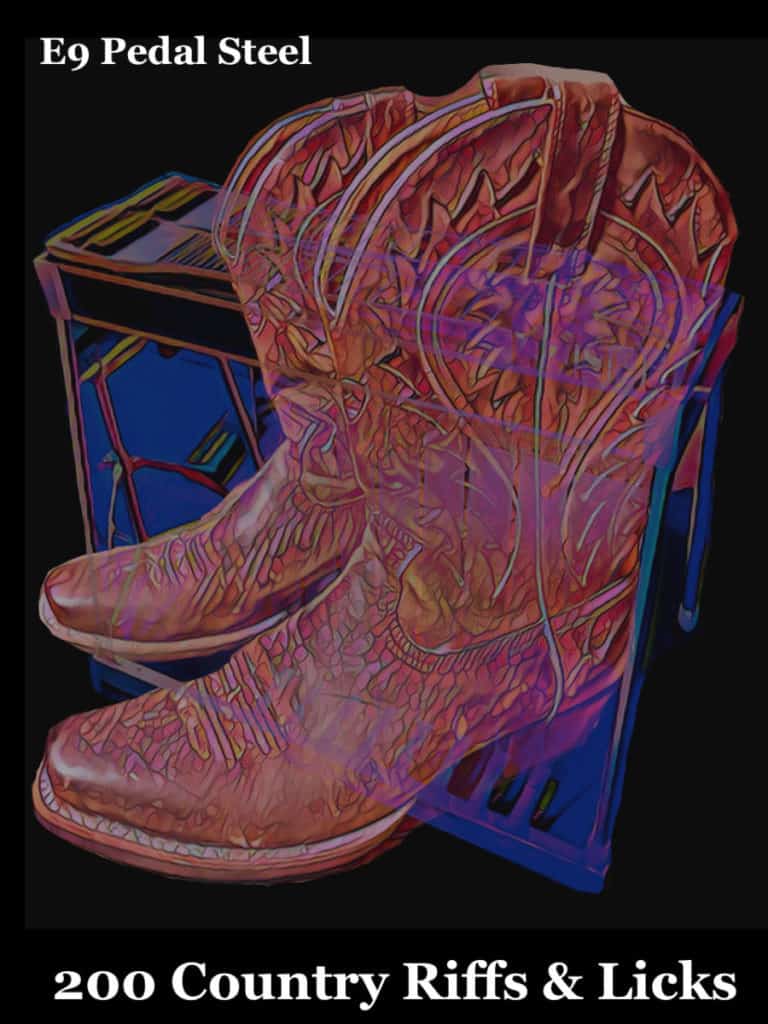As an Amazon Associate Playpedalsteel.com earns from qualifying purchases. This page contains affiliate links.
Like any instrument, there are many variables that contribute to the overall sound and tone of the pedal steel guitar. Perhaps the most used part or accessory for the pedal steel is its strings, which can affect the sound and feel of your playing.
When choosing pedal steel strings, it is beneficial to consider their gauges (size), material, and value. There are many string brands and manufacturers to pick from, and trying out various types can help determine which strings are the best to use for your preferences and style of playing.
Let’s take a closer look at the best strings to use for pedal steel guitar…
Brands, Makers, and Manufacturers
Even though pedal steel is a niche instrument, there is a surprising amount of string options offered by different brands and companies. Major string brands such as D’Addario and Ernie Ball make pedal steel string sets, and there are some good options from smaller brands as well.
SIT strings have become a more popular choice for pedal steel, as the brand’s steel guitar sets provide nice tone, durability, and options for players. Their nickel Buddy Emmons signature strings (available on Amazon) are my favorite to use because of their sound depth, value, and gauges.
Like some other brands, SIT includes an extra 3rd string, which is prone to breaking on pedal steel due to pedal action affecting this lighter gauge. Here’s a list of many of the current manufacturers of pedal steel strings…
- GHS
- D’Addario
- SIT
- Ernie Ball
- John Pearse
- Black Diamond
- Curt Mangan
- Newtone
- Jagwire
Where To Buy
Many music stores don’t carry sets of pedal steel strings, however some will have an option in their inventory. Because of how uncommon pedal steel is, it isn’t usually easy for many stores to sell them quick enough to justify having a large selection.
Nowadays, online retailers and sites are a great option for finding pedal steel strings. Many online music retailers that specialize in strings will carry various types of pedal steel strings from different brands.
One advantage to buying online is that the strings usually haven’t been sitting on a shelf for years, which means they’ll be fresher and have a longer string life on your guitar. Strings that have been sitting around for years may develop corrosion or deteriorate due to humidity.
Choosing Gauges
What string gauge (or size) you use is often a matter of preference. Although there is a more “standard” size set of strings that are commonly used for many pedal steels and playing applications, you always have the choice of choosing larger or smaller gauges.
In general, the larger gauge string you choose, the more rounded, warm, and thicker your tone will sound. Smaller string gauges can often produce a brighter and more airy tone.
However, a lot of this depends on your playing technique and style, and both smaller and larger gauge choices have their advantages and disadvantages. Often, your choice will come down to preference, feel, and the sound you are seeking.
Here’s a page that has details on specific pedal steel string gauges, which can be helpful when looking at sets.
The 3rd String for E9 Pedal Steel
Most pedal steels use a .011 gauge string on the E9 neck’s third string. This string is perhaps the most common one that breaks while playing, due to how small the string size is (along with the frequent use of the B pedal).

As mentioned earlier, some pedal steel string sets will come with an extra 3rd string for this reason, and it can also be a good idea to have extra single strings of this string gauge on hand in case it breaks. Although it isn’t as common, I’ve been using a .012 gauge string for the third string for years and now I rarely break the third string while playing.
Keep in mind that changing string gauges can affect the pedal travel amounts on your guitar, so you may need to re-tune your nylon adjustments or possibly even swap bell crank holes for the pull rods (if you’re experienced with these adjustments).
How Often Do They Need Replacing?
The following factors come into play when considering how often to replace your strings:
- How often you’ve been playing them (playing everyday vs. a couple of times a month)
- The tone you’d like to get (usually fresher strings will have a more vibrant tone)
- How they feel when sliding the bar along them (sometimes rusty or dead strings will affect how easy and smooth the bar travels against the strings)
- How long they’ve been on the guitar (has the guitar been sitting in its case for years since it’s last been played?)
- If you’re hearing unwanted noises or buzzes, sometimes a string replacement can help with the issue
- Are you going to be recording with them (the “microscope” of recording can bring out subtle nuances of your strings’ sound)
I usually change my strings once every few months if I’ve been playing consistently, however this is less often that most players and what is recommended. Ideally, if I’m playing consistently, once a month is probably more beneficial to my string’s sound.
But again, this comes down to preference. I actually don’t mind the strings not being changed as often because I don’t mind the warmer tone that “dull” strings can sometimes have for blues and rock applications, and I like the feel of the bar along strings that aren’t as “slick” or smooth.
However, if I’m going to do a recording session, I’ll usually change them a week before if possible to ensure a vibrant tone for the engineer, producer, or artist. This also gives them time to “set” so that they stay in tune while recording.
Having Extra Single Strings
It’s often a good idea to have extra strings on hand for specific single strings that are more prone to breaking. I usually carry several extra (for each) of the 3rd string, 4th string, 5th string, and 6th string on the E9 neck.
I’ve found that these strings break the most commonly from the frequent use of pedals and levers. When these break on gigs, rehearsals, or recording sessions, it can be easier and save time to have these specific strings available (instead of having to search through a full set).
Also, if you break one of these and pull a replacement from a full set of strings, then that set will be missing a string the next time you choose to use the full set for restringing your guitar.
D’Addario makes good strings that can be used as extra single string replacements (link to Amazon), and you can choose the gauges that you’d like for the specific strings you’d like to have extras for.
E9 vs. C6
Although the E9 pedal steel tuning has more string sets available for it, many manufacturers will also have similar options for the C6 neck. My favorite strings to use on the C6 neck are the SIT Buddy Emmons Signature Series (link to Amazon), which have a nice and balanced tone for the tuning.
Usually, there is less of a need to replace broken strings on the C6 neck because there is generally less pedal and lever action in playing compared to the E9 pedal steel. Also, the E9’s 3rd string isn’t present, which is a common string to break.
However, the C6 neck can still be played using a lot of pedals and levers, and it may be a good idea to have some extra single strings and sets on hand for any strings that you think you may break.
The 10th string on the C6 tuning, which is often a .068 gauge, can be tricky to put on the guitar when changing strings…because of its large size, there is less room on the tuning peg for the string to wrap around, and you’ll probably use less of the string length accordingly.
Using Nickel or Stainless Steel
One of the most significant determinants of the tone you’ll get from your strings are whether they are made from nickel or stainless steel, particularly for the wound strings.
Nickel strings can often have a warmer, more rounded tone that can be good for many types of playing and musical styles. I prefer nickel strings for jazz, blues, rock, and even country styles of music.

Stainless steel strings will often have a brighter, more chime-like sound that can be great for swing and country playing, as well as other applications.
Depending on your steel guitar’s build, and the type of pickups you use, you may want to consider using stainless steel strings if you’d like to brighten up your sound, and nickel strings if you’d like to warm up and round out your sound.
Best Strings for Pedal Steel
Here are some great options for pedal steel strings, and most are available for E9 and C6 tunings…
- SIT Buddy Emmons Signature Series (link to Amazon)
- D’Addario NYXL (available on Amazon)
- GHS Custom Shop (link to Amazon)
- Ernie Ball Custom Gauge (available on Amazon)
- GHS Custom Shop for Extended E9th 12 String (link to Amazon)
Thanks for checking out this page, hope it is helpful and makes playing more enjoyable! If you’re interested in diving deeper into playing E9 pedal steel, check out these resources and guides…
The Chord Guide for E9 Pedal Steel (E-Book, Digital Download)

Learn the chords on the E9 neck in a way that makes playing simple and enjoyable…
- Almost Every Chord You’ll Ever Need for E9
- Intuitive and Easy to Use
- Make Use of Pedal and Lever Combinations
- Example Tabs of Chord Movements
- Easily Utilize the Nashville Number System
- Great For Any Key and Style of Music
Includes a bonus section of over a hundred pages of extra chord charts, key references, and more!
Playing Pedal Steel:
The Essentials
An easy and intuitive approach to mastering the pedal steel…
- An in-depth look at bar control, the right hand, using pedals, & the volume pedal
- Multi Angle Views – that you can always reference.
- Ways to Practice, How to Practice, What to Practice.
An online pedal steel lesson series – includes a free pedal steel EBook!
More Digital Downloads for Pedal Steel…
The Scale Book for E9 Pedal Steel

Over 1,000 Pages with Tabs and Diagrams!
- Easy to Use Reference for Practicing
- All Major and Minor Pentatonic Scales, Modes, Major Scales
- All Keys, and Covers the Fretboard
- Includes Pockets of Scales
The Art of Right Hand Technique

A detailed look at one of the most challenging and mysterious aspects of steel guitar playing: the right hand…
- An In-Depth Guide to Picking and Blocking
- How to Efficiently and Accurately Play Notes on Steel Guitar with Info, Advice, and Tips…
- Great for Pedal Steel, Lap Steel, and Console Steel Guitar
- Over 100 Pages with Graphics, Illustrations, & Practice Exercises
200 Country Riffs & Licks for E9 Pedal Steel

Add these country licks to your playing repertoire…
- Easy to Read Format
- Includes Rhythmic Notation
- Playing Over Chord Changes
- Great for Country, Alt-Country, & Honky-Tonk Styles
For info on pedal steel finger picks and thumb picks, click below…
